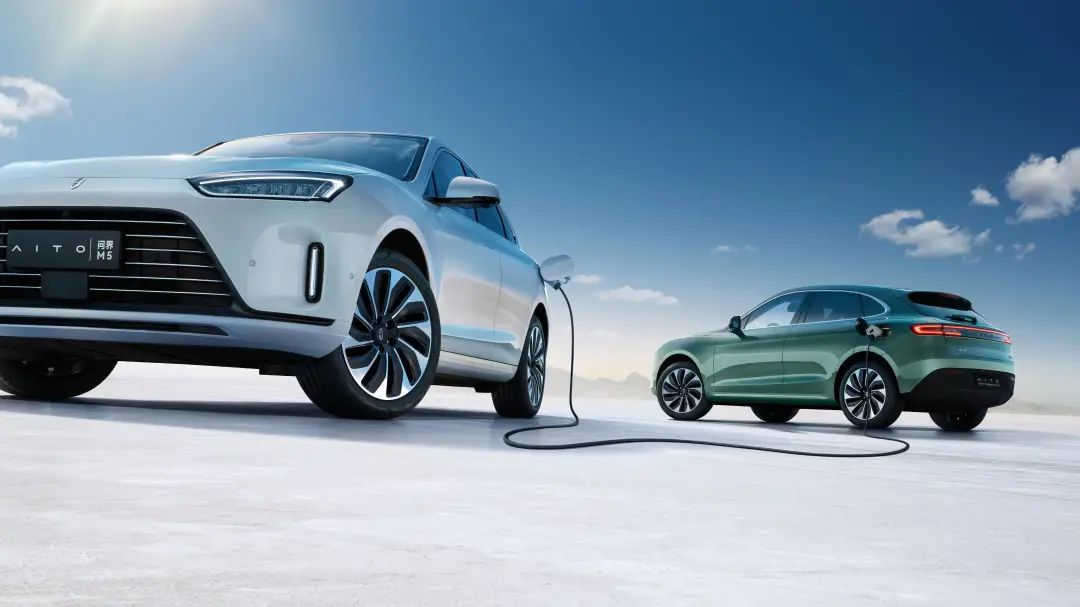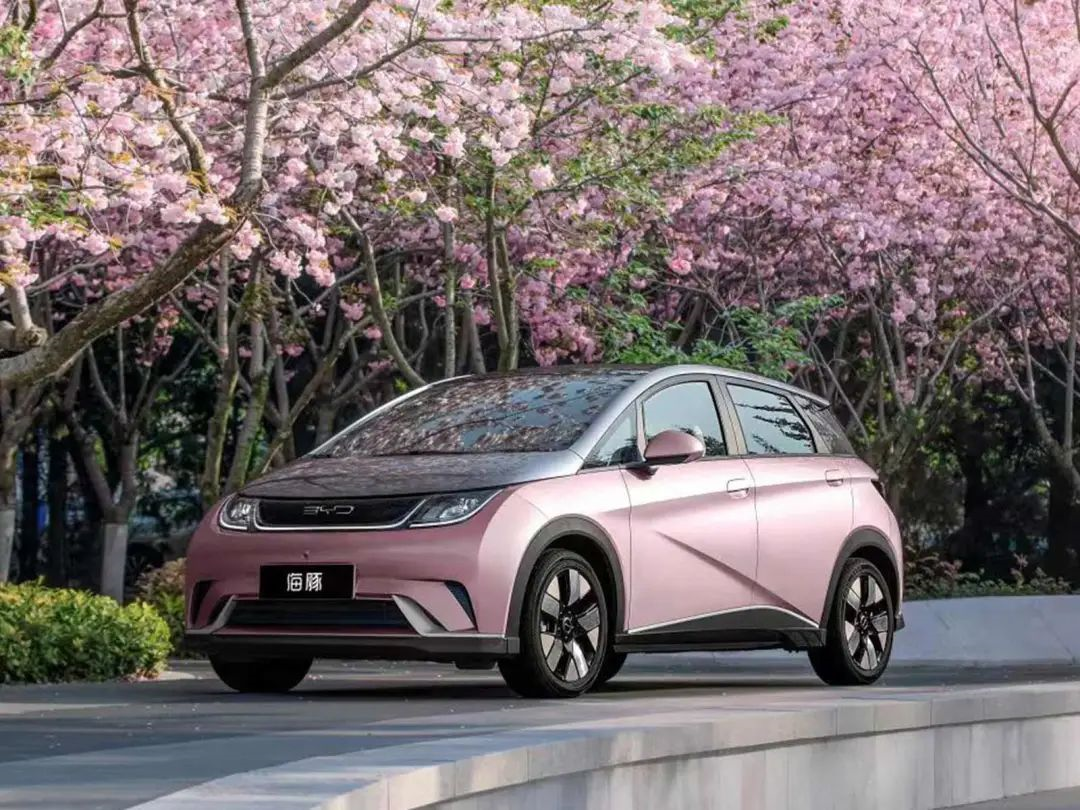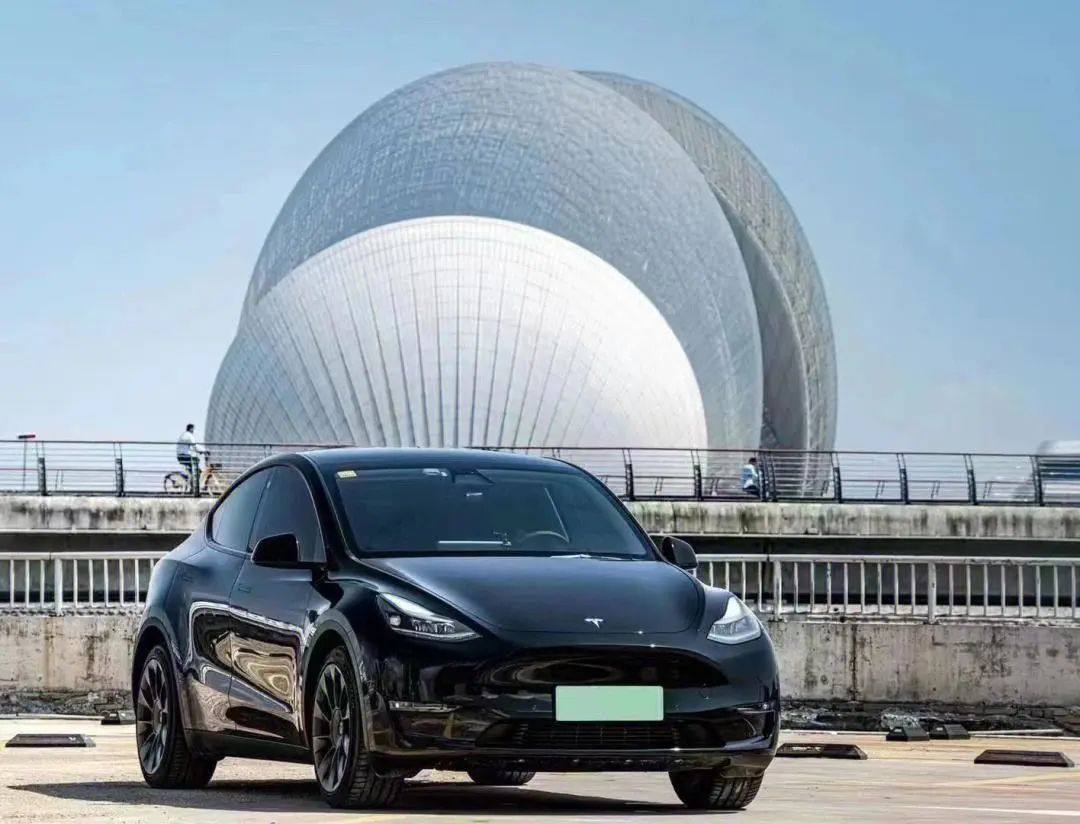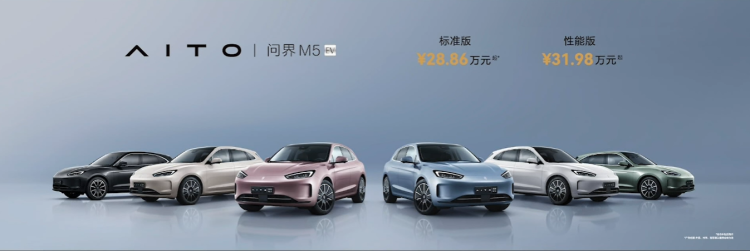Author | Nie Yiyao
Everyone says that 2022 is the “Warring States Period” of new energy vehicles, but it seems that it has not yet arrived in 2023.
With Tesla, the “price butcher,” slashing the starting prices of Model 3 and Model Y to a new low on January 6, the spark that ignited the price war for electric vehicles in 2023 was initiated.
In recent days, one of the hottest topics in the automotive industry is the electric vehicle price war since the beginning of the year. Originally, after Tesla lowered its prices, only AITOQUEST and XPeng quickly followed suit. However, with new energy vehicle companies revealing the unsatisfactory delivery “report card” for January 2023, a large number of car companies and brands quickly joined the price war.
As of February 3, car companies and brands including Tesla, AITOQUEST, XPeng, Leapmotor, NIO, E’an, RisingAuto, Zeekr, Wuling Hongguang MINI EV, Geely Dihao New Energy, Volvo, and others, have made relevant concessions or price adjustments to their electric vehicles in different ways. Even BYD has offered Qin and Song series products at discounted prices in some regions. Perhaps there will be more joiners of the price war later.
The root cause of the price war, to put it bluntly, is due to “too few things and too many people.” When the market winter and industry downturn occur, and the market cake cannot be enlarged, the “gang fight” between companies and brands is nothing but the desire to take a bigger bite by exchanging price for quantity, which is also a helpless move.
But the more helpless possibility is probably for gasoline cars. The price reduction of electric vehicles makes electric vehicles that were not initially price-competitive increasingly approach the selling price of gasoline cars of the same level, and the funnel of consumer choice is becoming larger.
I interviewed the Secretary-General of the China Passenger Car Association, Cui Dongshu, on the question of whether the electric vehicle price war will accelerate the capture of market share from gasoline cars, and received an affirmative answer, “Yes.” He also expressed that “the electric vehicle price war will have a significant impact on the sales of gasoline cars.”
The more electric vehicles fight, the more pressure on gasoline vehicles
Regarding this price war, some analytical opinions believe that this is an “internal war” between pure electric brands and products, which will not affect another major growth driver of new energy vehicles – plug-in hybrid, and will have minimal impact on traditional gasoline vehicles.
There are three main reasons: First, last year, pure electric vehicles raised their prices due to the rise in raw material prices and the exit of national subsidies this year. The falling prices of lithium batteries this year have provided room for the price reduction of pure electric vehicles.
Secondly, plug-in hybrid vehicles have grown very rapidly in terms of consumer recognition and sales under the impetus of brands like BYD, far exceeding pure electric vehicles. Even if pure electric vehicles want to use the price war to shake the market position of plug-in hybrids, it is still quite difficult.
Thirdly, as oil prices fall and the shortcomings in intelligent technology are addressed, the gap between the advantages of pure electric vehicles and traditional fuel vehicles narrows. Fuel vehicles may even rebound, squeezing the living space of pure electric vehicles.
Regarding this, the author interviewed Cui Dongshu, Secretary-General of the China Passenger Car Association, and market and brand department leaders of some car companies. They all believe that the more intense the price war among electric vehicles, the greater the pressure on fuel vehicles.
“We have seen that since October 2022, the penetration rate of new energy vehicles has exceeded 30% for three consecutive months. The development of new energy vehicles has entered the market-driven stage of consumer choice rather than policy-driven.”
“The price reduction of electric vehicles makes electric vehicles that were not previously competitive in terms of price gradually become comparable in price to fuel vehicles of the same level. The choice funnel for consumers is becoming larger, and the consumption trend is leading consumers towards new energy vehicles. With the price of electric vehicles continuing to decrease, the cost-effectiveness is increasing. How could it not attract more attention from consumers towards electric and new energy vehicles?”
“Last year, the price of electric vehicles increased due to the rising price of raw materials. This year, lowering the price due to the reduction in raw material prices is a rational and inevitable choice. Of course, it will also seize more market share, which is normal. It is not a problem for new energy vehicles to complete 8.5 to 9 million vehicles this year.”

“Previously, the China Passenger Car Association predicted that the penetration rate of new energy vehicles this year would reach 36%. The ongoing price war among electric vehicles will only increase the penetration rate, and it is possible to reach nearly 40%. The market share of fuel vehicles will be further reduced…”
The above are the judgments and opinions given by the interviewees on the electric vehicle price war. From their statements, whether it is Cui Dongshu, Secretary-General of the China Passenger Car Association, or market or brand department leaders from electric vehicle or fuel vehicle brands, without exception, all believe that fuel vehicles will face great pressure next, and the impact of electric vehicle price war on the market will make fuel vehicles face more severe market competition than last year.
The China Passenger Car Association’s latest retail sales data shows that the cumulative retail sales of passenger cars in China in 2022 were 20.543 million, an increase of 1.9% year-on-year. Among them, fuel vehicle retail sales were 14.868 million, a decrease of 2.302 million compared to the same period last year, and new energy vehicle retail sales were 5.674 million, with a net increase of 2.687 million year-on-year.
The decrease of gasoline cars and the increase of new energy vehicles reflect the opposite development trend. This was the result of last year’s policy which halved the purchase tax for gasoline cars. With the promotion of this policy, the sales of passenger cars increased by 1.452 million units YoY from June to December last year. Without this policy, not only the sales of passenger cars would be discounted, but the sales of gasoline cars would also decrease.
This year, the policy dividend for gasoline cars is no longer available, and the smoke of the price war of pure electric vehicles is overwhelming, making it difficult for fuel vehicles to compete.
The electric vehicle elimination reshuffle makes it difficult to balance both sales and profits. Tesla started this price war. The reason behind it is likely due to the lower-than-expected sales last year: the production capacity was increasing, but orders were insufficient. As a result, the company sacrificed a small part of its single-car profit to seize more sales.
After all, Tesla’s single-car profit-making ability is second to none in the entire new energy vehicle industry. Sacrificing single-car profits to obtain higher sales thereby further increasing the overall profitability, squeezing out others while stuffing more money into its own pockets, is actually Tesla’s strategy.
The problem is that for other new energy vehicle companies and brands, whether or not to follow suit is not a good choice. Especially for pure electric car brands whose price range is similar to Tesla’s products and whose products compete directly, not reducing prices means losing consumers, while reducing prices implies even more severe losses.
In November of last year, Shen Hui, CEO of WM Motors, broke the truth, “The sales rankings now are actually losses ranking, except for Tesla and BYD, many companies sell one unit and lose one unit.”
Shen Hui also said, “Selling at a loss to gain market share is not feasible, and the capital market does not approve of this practice.”
When Shen Hui made those remarks, he was referring to the “burning money war” among new energy vehicle brands, but now, the “price war” and the “burning money war” are two sides of the same coin.
At a time when new energy vehicle companies and start-ups have yet to make a profit, the price war has undoubtedly accelerated the elimination and reshuffle of the market. Its destructive power also spreads like sound waves.
Tesla first passed the destructive power of the price war on to the brands in the same competition range. These brands then released pressure by reducing prices. In this process, the stronger ones with powerful products, technology, and funds in the same competition range remain, while the weaker ones are eliminated-a typical outcome of the elimination race triggered by a price war.We cannot accurately predict who will stay and who will be eliminated at present, but Shen Hui, who recently made a heart-wrenching cry of “just survive, like livestock,” accurately conveyed the difficulties behind this cruel competition.
It will be difficult for anyone, even those who ultimately stay will have undergone hardship. Elimination and reshuffling lead to tough competition. However, elimination and reshuffling are also a beneficial selection process in the market competition, and the brands that can survive naturally have greater competitiveness, which is also conducive to the high-quality development of the entire industry.
The development of new energy vehicles has always faced tough selection. The Lix Strategy Consulting, in its report “Global Trends in New Energy Vehicle Categories” released in October last year, pointed out that the number of new energy vehicle brands in China reached as high as more than 150 at its peak. Last year, there were at least 8 new brands in the domestic new energy vehicle market.
“The number of Chinese new energy vehicle brands that can truly establish global influence will not exceed 10 in the end,” the report said.
At present, all opinions and goals related to the development of new energy vehicles are focused on the proposition of “high-quality development,” which is directly related to the original intention of the country to promote the development of new energy vehicles – through high-quality development, leading China’s new energy vehicles to surpass the global automobile industry.
In 2023, under the background of the three-year impact of the pandemic on consumer income expectations and consumption power reduction, the curtain of the annual new energy vehicle was pulled open by the electric vehicle price war. However, the beginning of the melee marks the arrival of an orderly conclusion, and we wait and see.

This article is a translation by ChatGPT of a Chinese report from 42HOW. If you have any questions about it, please email bd@42how.com.
